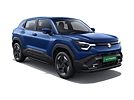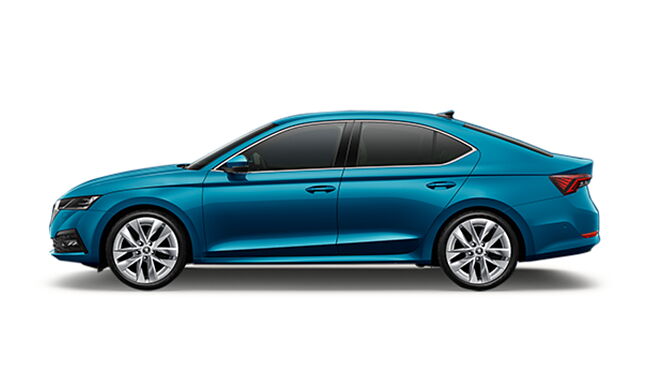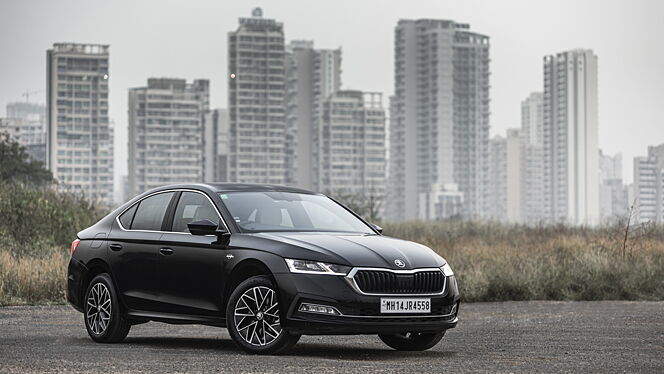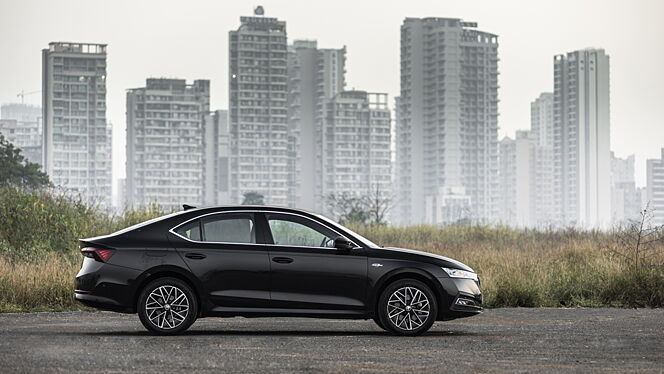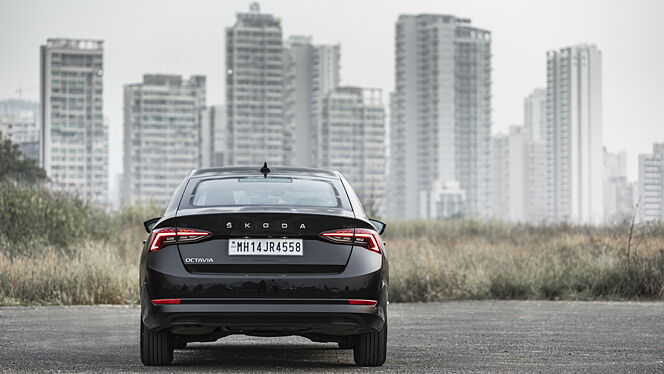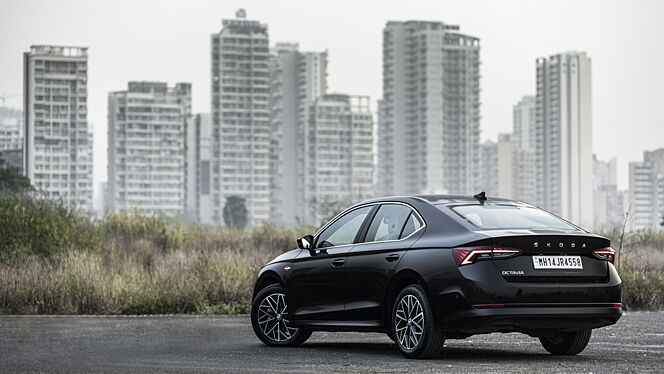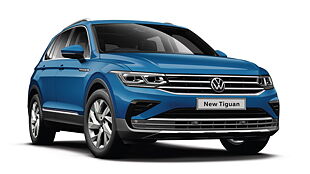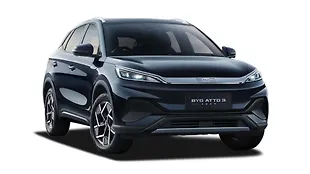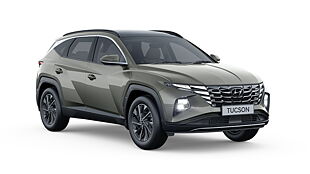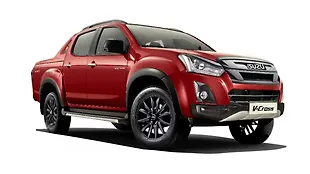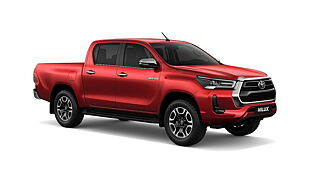Skoda Octavia L&K 2.0
Skoda Octavia L&K 2.0 Summary
CarWale's Take on Skoda Octavia L&K 2.0
Good Things
- Sharp/handsome - Inside and out, lesser drama in Skoda's latest Octavia design
- Luxurious interior - Screams premium, lots of tech, beige trim makes it feel airy
- Space and comfort - Large comfy seats with ample leg, head and shoulder room, big boot
- Peppy motor - Smooth engine, quick-shifting gearbox, punchy throughout the rev-band
- Engaging to drive - Owing to the firm damping, well-judged chassis engineering
Could be Better
- Lifeless steering - There's not much heft, and the driver is left wanting more feedback
- Steep pricing - The Octavia can get quite pricey, especially in the top-end avatar
- Ownership experience - Although improving, it isn't in the league of most rivals
Skoda Octavia L&K 2.0 Verdict
Armed with an overall package that honestly ticks all the boxes, it's rather taxing to fault with the 2021 Skoda Octavia. But that's when you come across an exorbitant price tag which has one scratching their head in awe.
Skoda Octavia L&K 2.0 Review
Introduction
Design and Dimensions
Interior Look and Quality
Space and Comfort
Bootspace and Practicality
Features and safety equipment
Engine and Gearbox Performance
Ride, Handling and Braking
Fuel Economy
Price and Variants
Conclusion
Specifications
Test Data
Octavia L&K 2.0 Specifications & Features
- Specifications
- Features
- Specifications
- Features
Specifications
Engine & Transmission
Acceleration (0-100 kmph)9.3 secondsEngine1984 cc, 4 Cylinders Inline, 4 Valves/Cylinder, DOHCEngine Type2.0L TSI Turbocharged I4Fuel TypePetrolMax Power (bhp@rpm)188 bhp @ 4180 rpmMax Torque (Nm@rpm)320 Nm @ 1500 rpmMileage (ARAI)15.8 kmplDriving Range791 kmDrivetrainFWDTransmissionAutomatic (DCT) - 7 Gears, Manual Override & Paddle Shift, Sport ModeEmission StandardBS 6Turbocharger / SuperchargerTurbochargedValve/Cylinder (Configuration)4, DOHCDimensions & Weight
Length4689 mmWidth1829 mmHeight1469 mmWheelbase2680 mmGround Clearance137 mmKerb Weight1459 kgCapacity
Suspensions, Brakes, Steering & Tyres
Features
Exterior
Braking & Traction
Safety
Comfort & Convenience
Lighting
Locks & Security
Doors, Windows, Mirrors & Wipers
Entertainment, Information & Communication
Mobile App Features
Storage
Airbags
Seats & Upholstery
Instrumentation
Manufacturer Warranty
Other Octavia Variants
| Variants | Price | Specifications | |
|---|---|---|---|
Rs. 30.44 Lakh | 5 Person, FWD, 320 Nm, 137 mm, 1459 kg, 600 litres, 7 Gears, 2.0L TSI Turbocharged I4, No, 50 litres, 791 km, No, Front & Rear, 9.3 seconds, 12 kmpl, 5 Star (Euro NCAP), 4689 mm, 1829 mm, 1469 mm, 2680 mm, 320 Nm @ 1500 rpm, 188 bhp @ 4180 rpm, Keyless, Yes (Automatic Dual Zone), Front & Rear, 1, Automatic Parking, Wired, Wired, Yes, Yes, No, 8 Airbags (Driver, Front Passenger, 2 Curtain, Driver Side, Front Passenger Side, 2 Rear Passenger Side), Yes, 1, BS 6, 4 Doors, 15.8 kmpl, Petrol, Automatic (DCT), 188 bhp | Get Offers from Dealers |
Octavia Alternatives
Explore Used Skoda Octavia
Octavia L&K 2.0 Colours
The following 5 colors are available in Octavia L&K 2.0.
Skoda Octavia L&K 2.0 Reviews
- (26 Ratings) 18 Reviews
3.9/5
- Best car , i love it , it's my dream to have it.Good performance with high comfort, luxury feel good looks which makes a statement which is of beautiful in looks , the driver view is next level , with more options best entertainment system.Rating parameters(out of 5)5
Exterior
5Comfort
5Performance
5Fuel Economy
5Value For Money
About the ReviewerPurchase NewDriven forFew thousand kilometersWas this review helpful?20 - Skoda Octavia L&K reviewMaintenance is a bit high but still, it's having the perfect design, perfect pickup, and performance and it's a cool fun to drive car! buying a new Octavia l and k is a bit costly but still, overall rating is 5.Rating parameters(out of 5)5
Exterior
5Comfort
5Performance
3Fuel Economy
5Value For Money
About the ReviewerPurchase UsedDriven forFew thousand kilometersWas this review helpful?41 - Octavia the legend.This car is seriously a legend of all time since 2001. And nothing different now except the price although it justifies it if you are an enthusiastic person. The performance of the car is so damn good it is not one of it is the best performance car in the segment or above a segment. The cabin feels so premium and elegant. The power delivery is so much fun to drive and extremely good looking especially in graphite colour. I love this. The comfort level is very good you have so much side support and the seats are perfectly cushioned. The only thing missing is the sunroof. In this price point and ventilated seats other than that it has tons of features. The music system and sound output are so damn good all thanks to the Canton speaker system. The fuel economy is around 10 km/l when relaxed driving. The high-speed stability is so damn good that you can't feel any fear at 200 km/h. The top speed is >235 km/h. The service centre experience is also good enough but the only thing is it is on the price side which is not so great. The cabin insulation is so good you barely hear any sound except the sporty note of the engine when revs high. The ground clearance is a bit low but it is manageable too. If you are a performance lover then just go for this you will love this. I always get a smile when I drive it.Rating parameters(out of 5)5
Exterior
4Comfort
5Performance
3Fuel Economy
5Value For Money
About the ReviewerPurchase NewDriven forFew thousand kilometersWas this review helpful?22
Octavia L&K 2.0 FAQs
- Home
- Skoda Cars
- Octavia
- L&K 2.0

